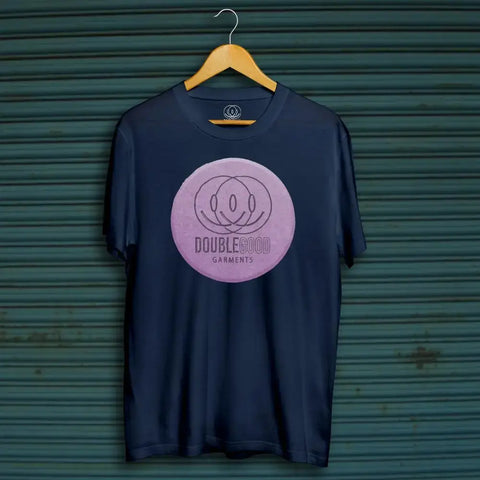Everything Starts with an E: The History of Ecstasy in Britain.
From Chemical Labs to Dance Floors...

Ecstasy. E, X, Molly, MDMA—whatever you call it, it’s been a staple of British club culture for decades. But the story of this little pill is far more peculiar than just being a dancefloor favourite. From its discovery in the sterile world of chemistry labs to its rebellious rise in the neon-lit raves of the 1980s, Ecstasy (MDMA) has had a rather colourful journey through British history.
The Chemical Birth
Let’s rewind to the early 20th century. MDMA wasn’t exactly on the radar of party-goers; in fact, it was tucked away in a German lab. The chemical compound was first synthesised in 1912 by the pharmaceutical company Merck, who were exploring it as a potential blood-clotting agent. But despite its early creation, MDMA didn’t make any waves in the medical world for decades. It sat largely forgotten, a chemical curiosity with no real purpose.
Fast forward to the late 1970s, and the compound was rediscovered by American chemist Alexander Shulgin. In 1976, Shulgin, ever the intrepid explorer of psychoactive substances, introduced MDMA to a small circle of therapists who thought it might help patients open up emotionally. It wasn’t long before someone had the idea to try it out in the social and recreational context—and thus, the first chapter of Ecstasy's modern history began.
MDMA’s British Arrival
MDMA first arrived in the UK in the early 1980s, sneaking into the burgeoning rave scene that was taking shape in the nation’s underground clubs and warehouses. As the sound of acid house and electronic dance music gained momentum, so did the demand for a substance that could elevate the experience of dancing all night. Ecstasy fit the bill perfectly: a euphoric, empathetic, and energising high that could make even the most awkward wallflowers feel like they were best friends with everyone in the room.
By the mid-1980s, Ecstasy was in full swing in British clubs, particularly around London, Manchester, and Birmingham. The drug quickly became synonymous with the explosion of acid house and rave culture. In fact, the two were so tightly entwined that the phrase “E for Ecstasy” became an anthem of sorts for the generation.
The Moral Panic
As with most things too much fun, authorities were quick to put their concerns into overdrive. In the late 1980s and early 1990s, the British government launched a full-on moral panic. Headlines screamed about the dangers of Ecstasy, with warnings about "rave kids" dropping the drug and wandering into traffic. But, much like the rest of the world, rave culture was much bigger than the authorities anticipated, and Ecstasy remained a key player in the scene.
In 1995, MDMA was classified as a Class A drug under the Misuse of Drugs Act, making it illegal to possess, supply, or produce. Yet despite the crackdown, the drug’s presence on the scene didn’t disappear. It had already become a staple, and for many, it was part of the fabric of rave culture—much like the music and the fashion.
The Legacy Today
Today, MDMA remains a key part of clubbing culture, although it’s far less ubiquitous than it was in its heyday. But there’s a new wave of interest in the compound, particularly in the realm of psychotherapy. Some researchers argue that, when used in controlled settings, MDMA can help treat PTSD and anxiety disorders, breathing new life into its medical potential.
In a strange twist of fate, the same chemical once considered a dangerous party drug is now being studied for its healing properties. Who knew that the same substance that fuelled a generation of hedonistic revelry would one day be seen as a potential treatment for trauma?
Ecstasy's history in Britain is a rollercoaster of highs and lows, moral panics, and counter-cultures. But no matter where it goes, one thing is certain: it will always be an integral part of the UK’s cultural history. From the sweaty, neon-lit dancefloors of the 80s to the quiet, introspective research labs of today, MDMA has danced its way into British society in a truly unique, quirky fashion.




Leave a comment